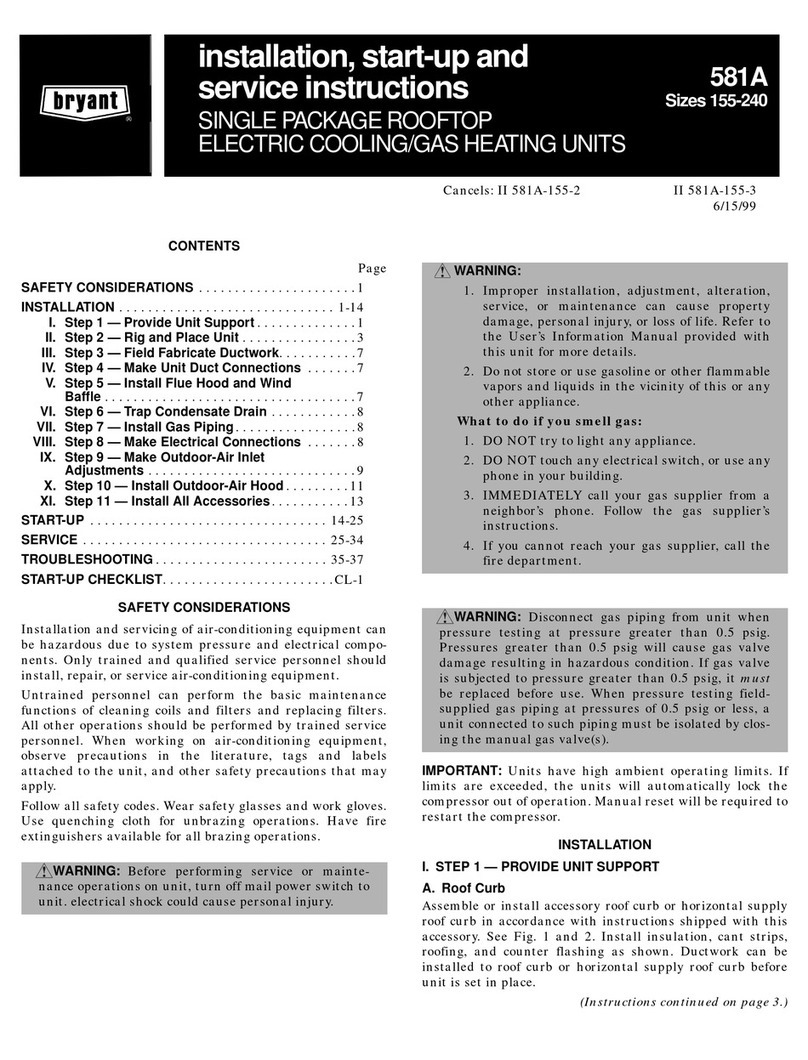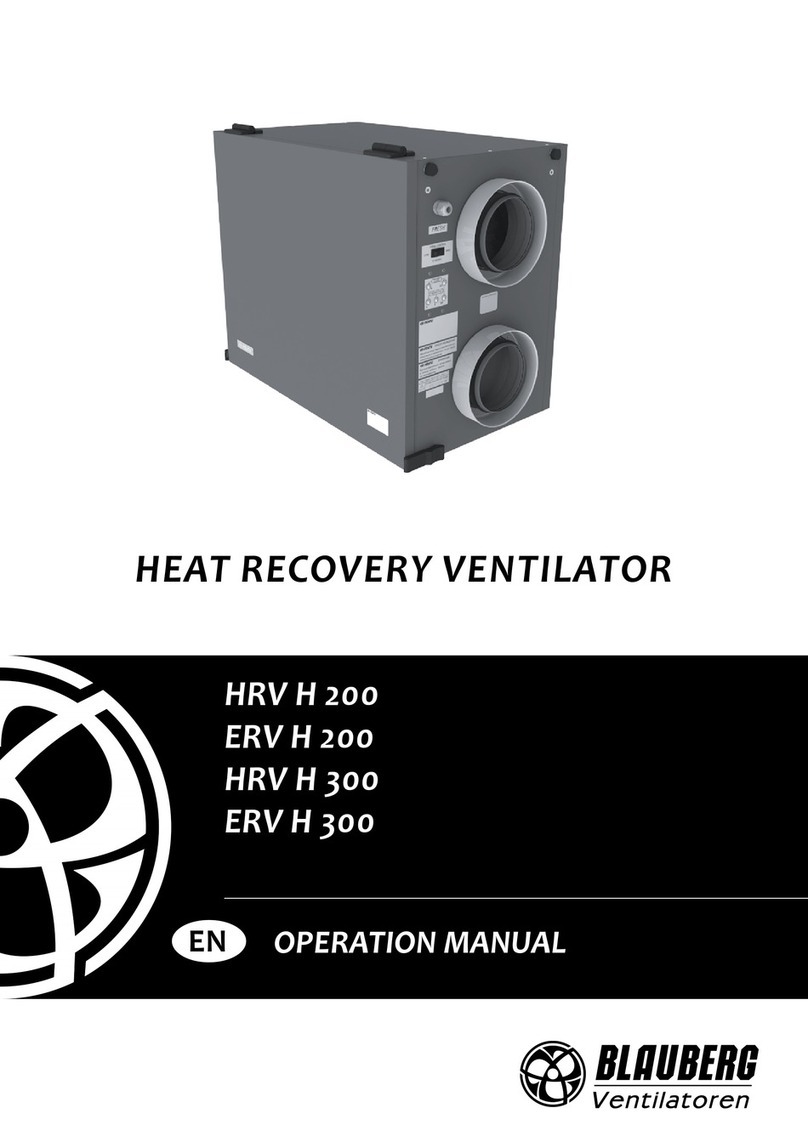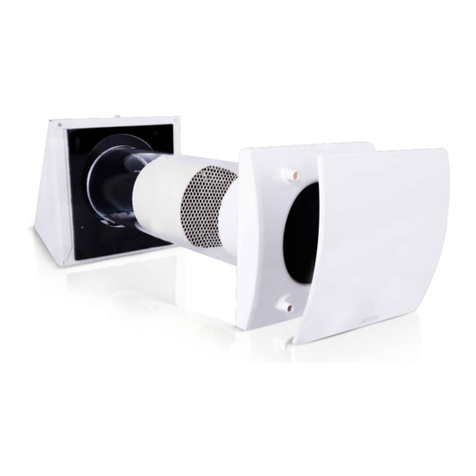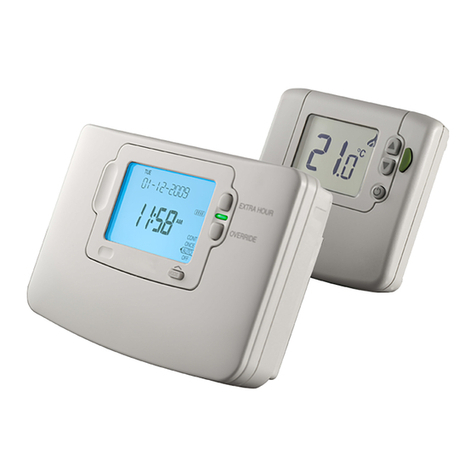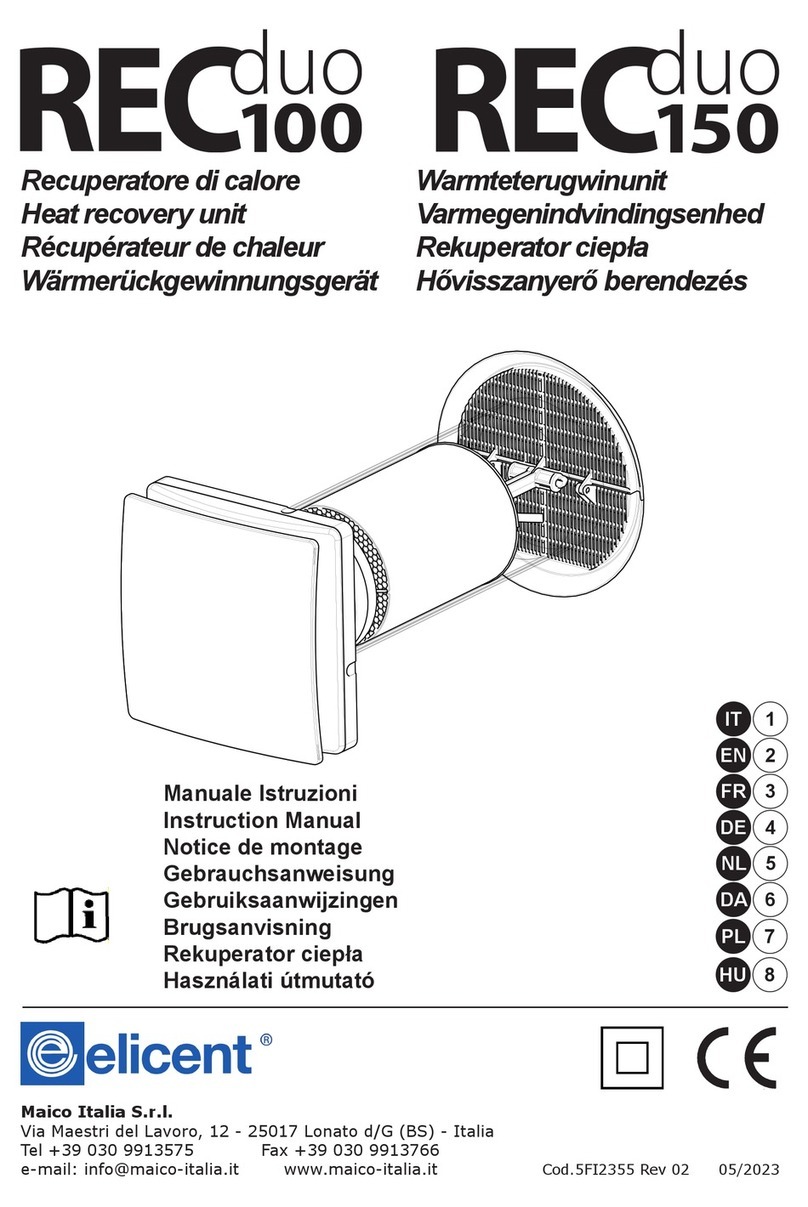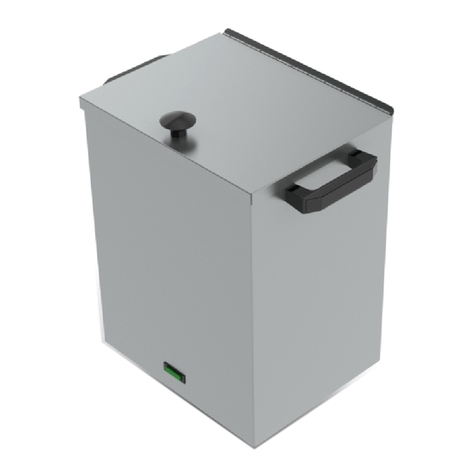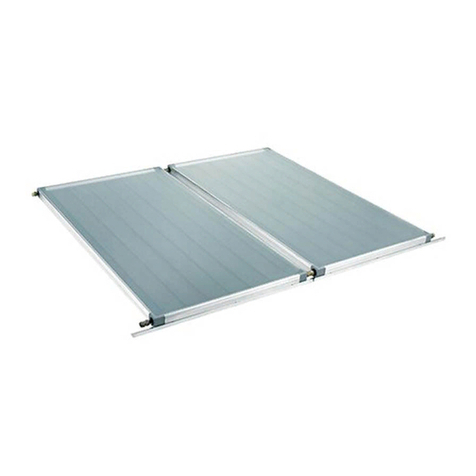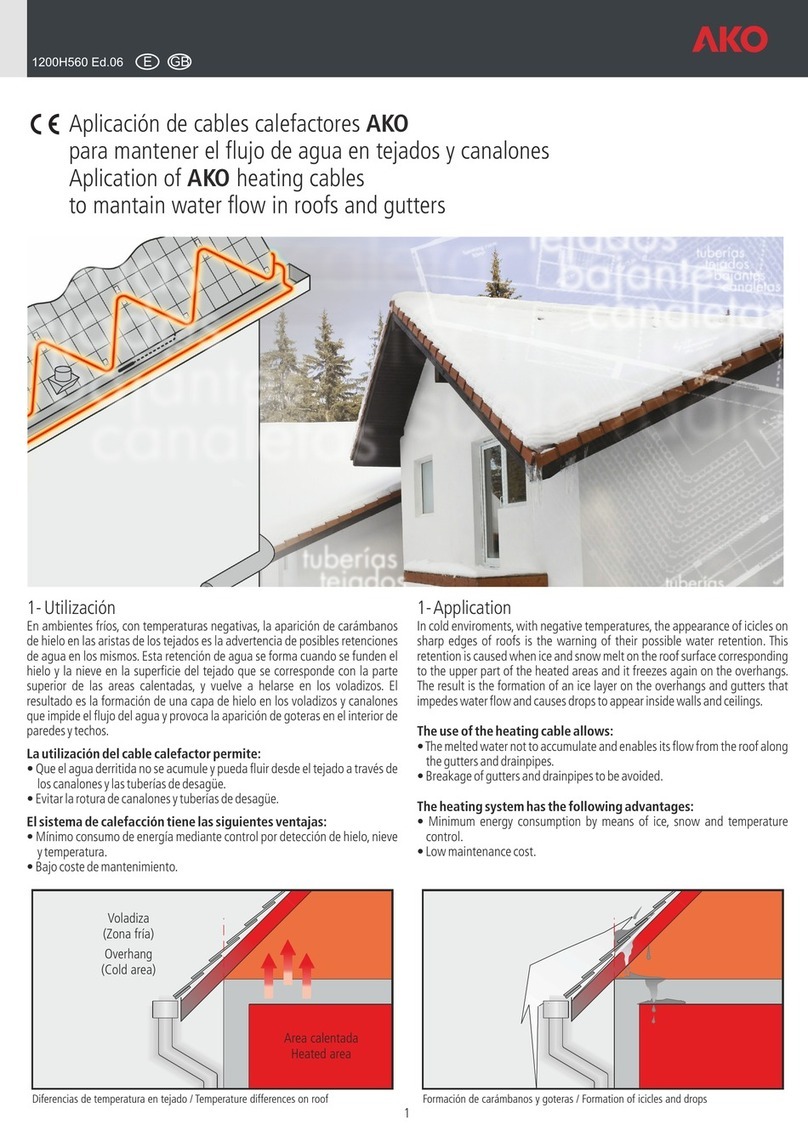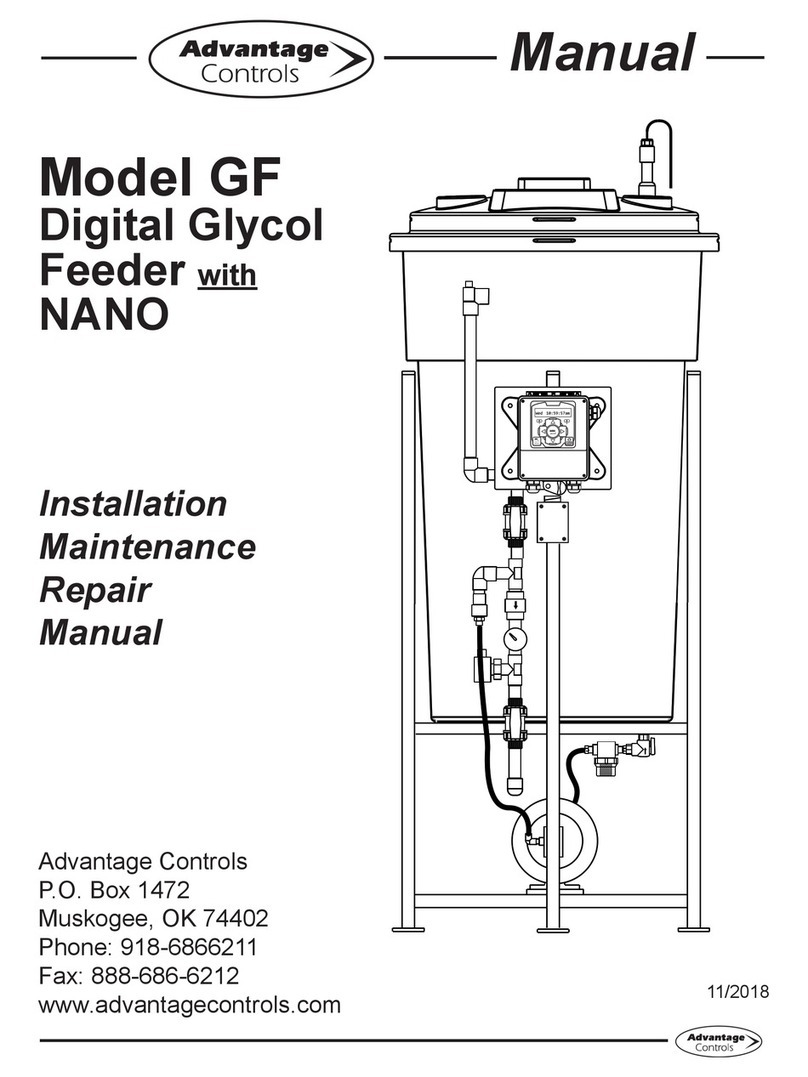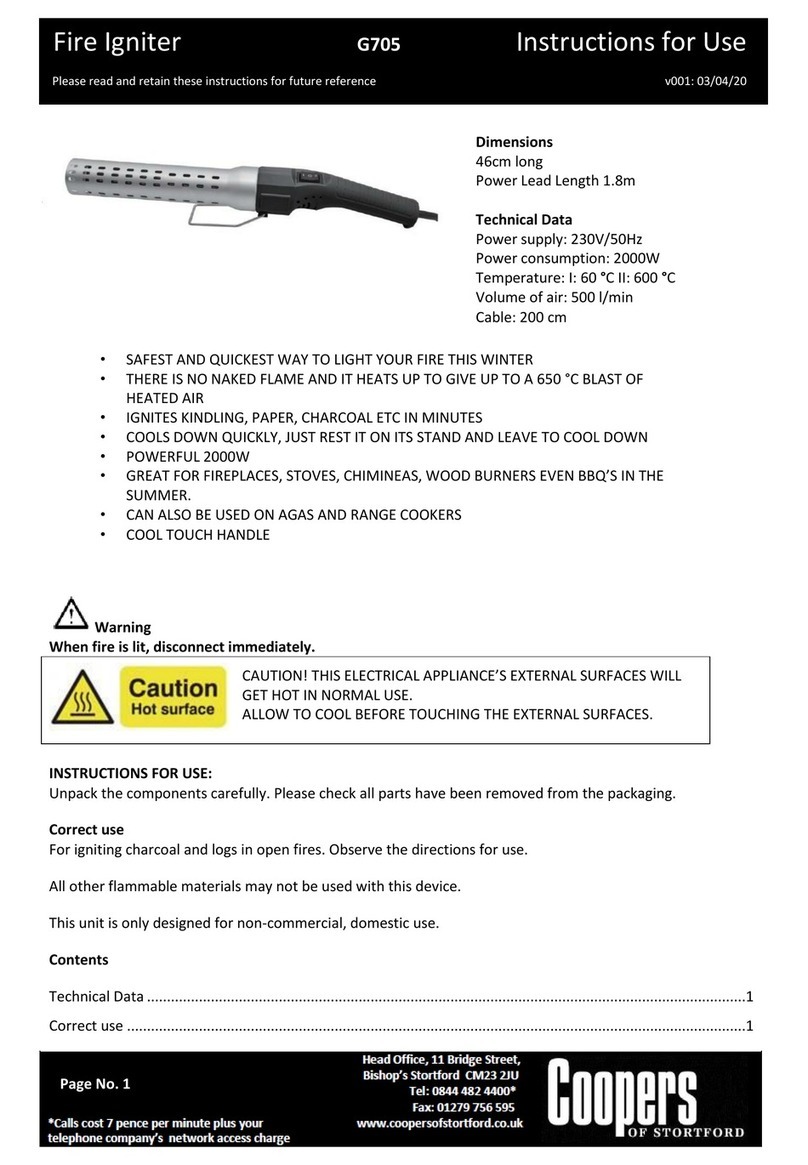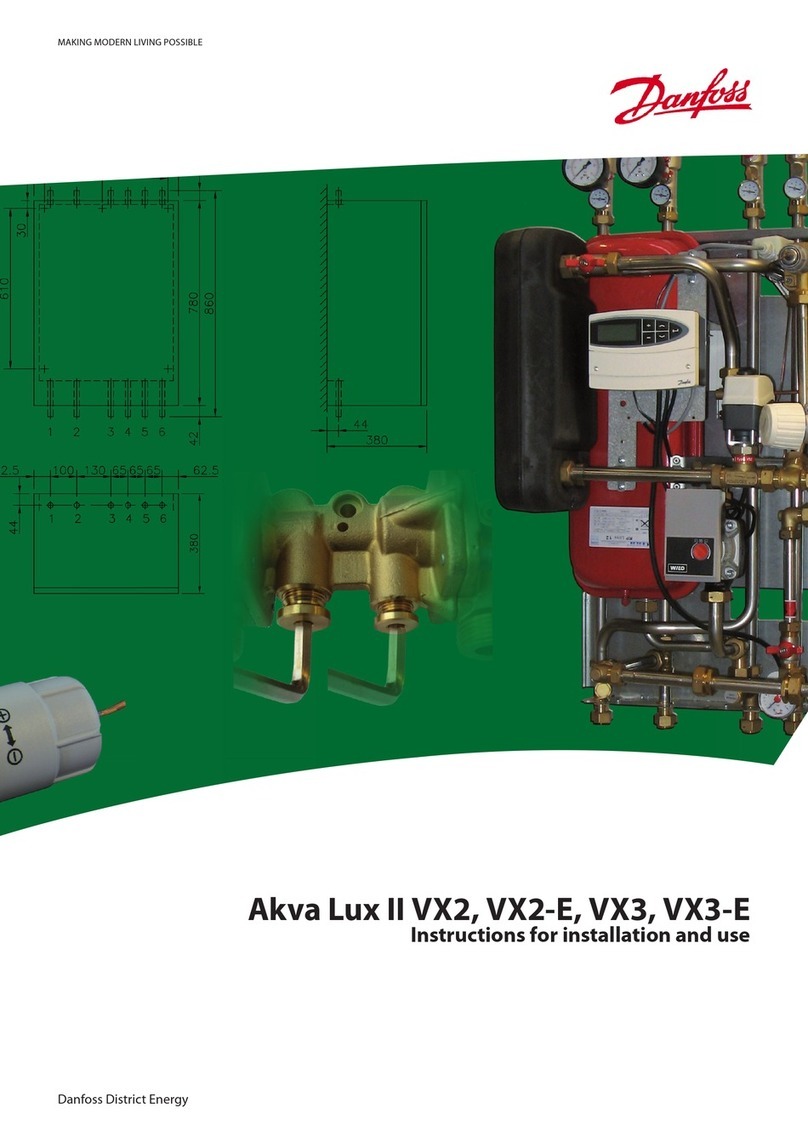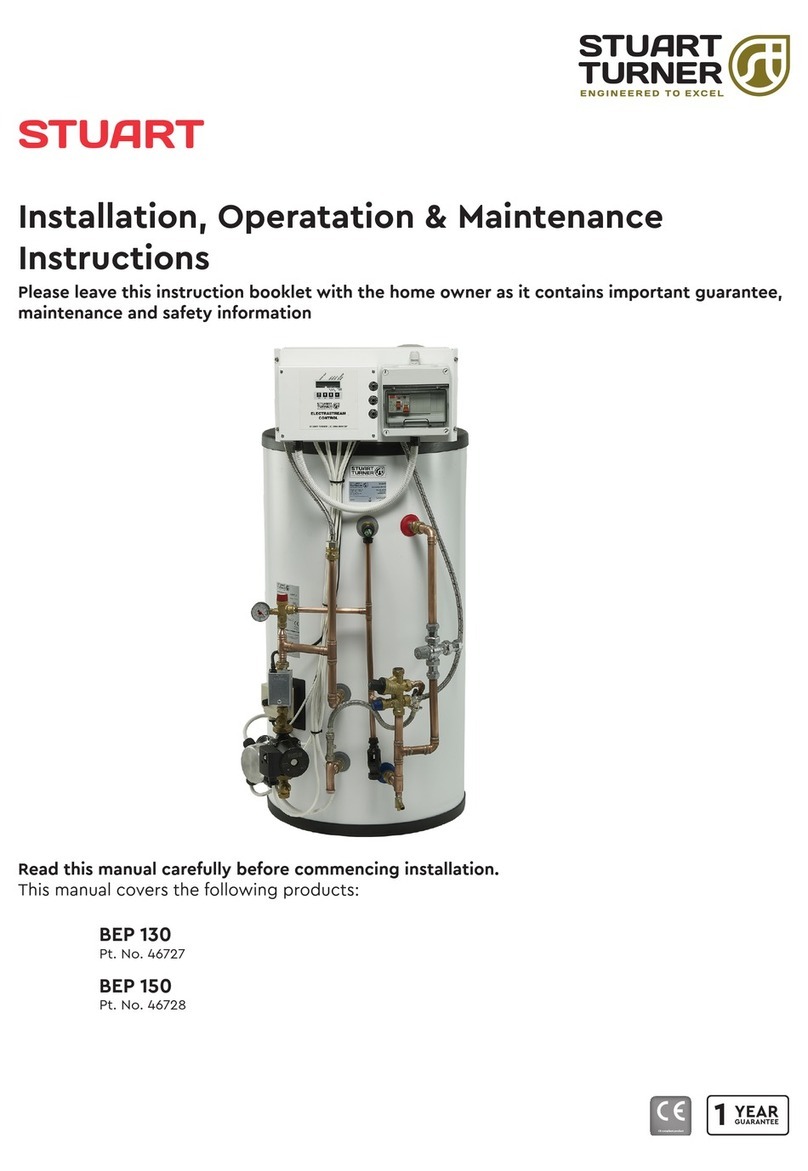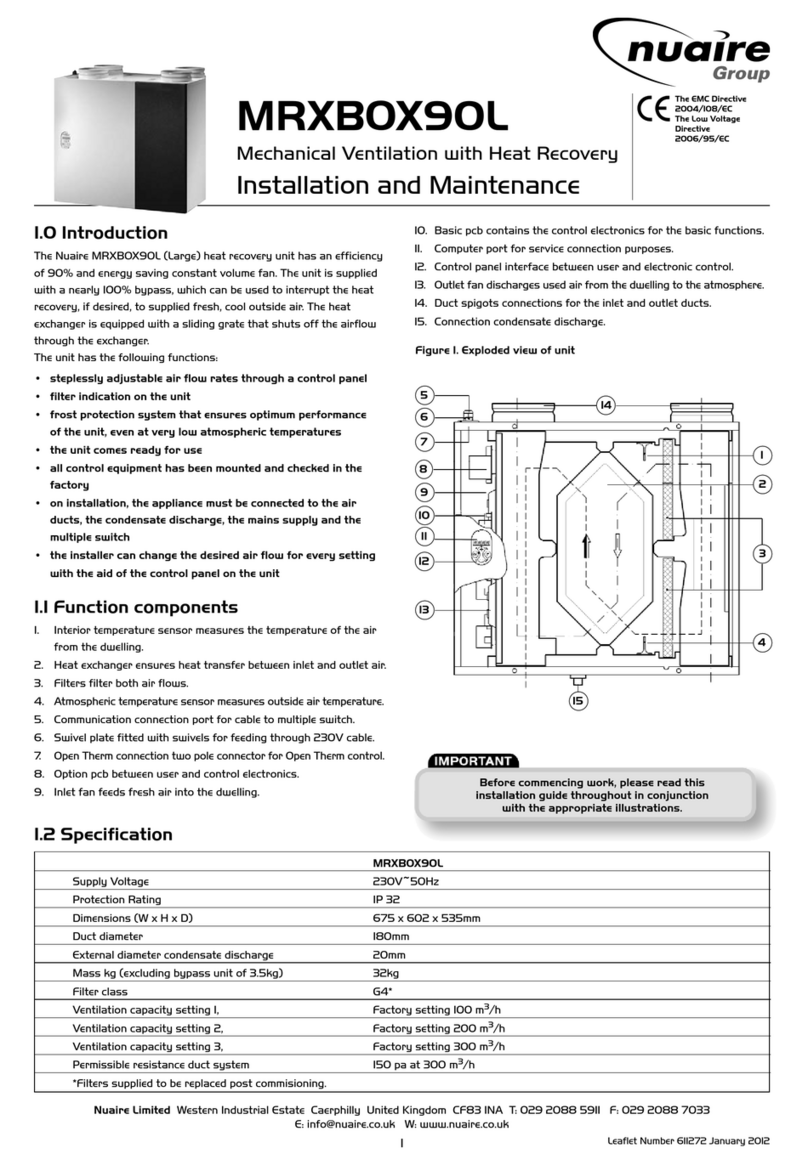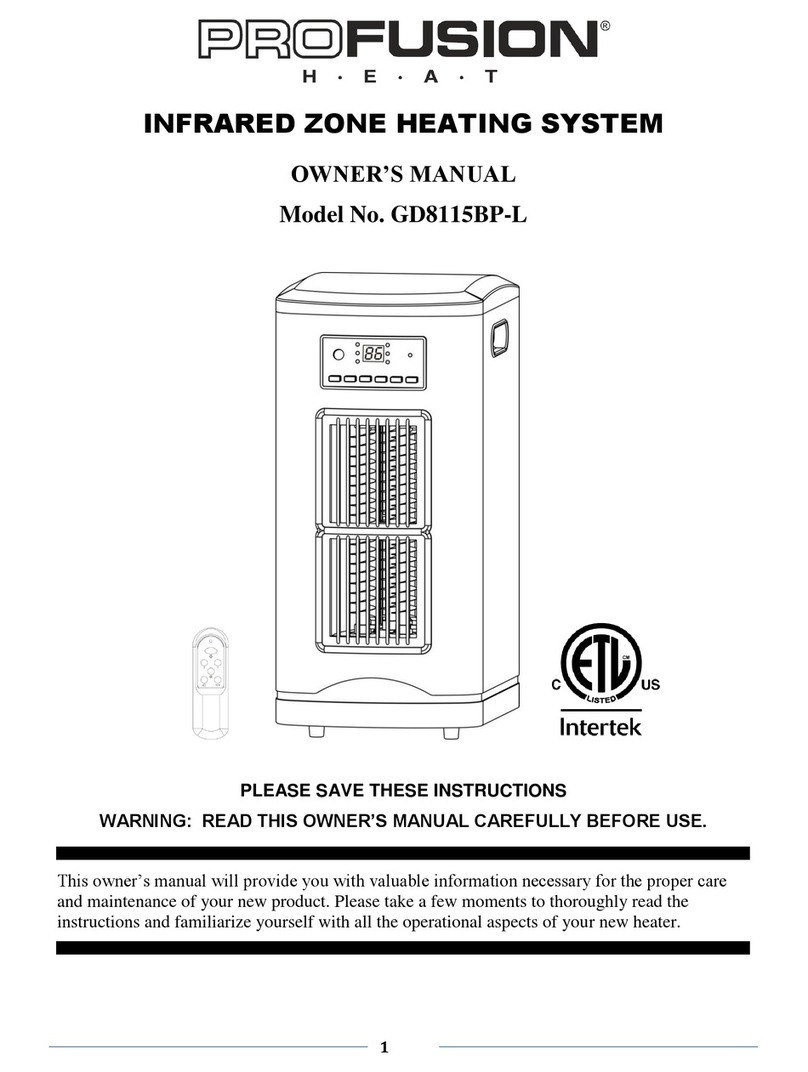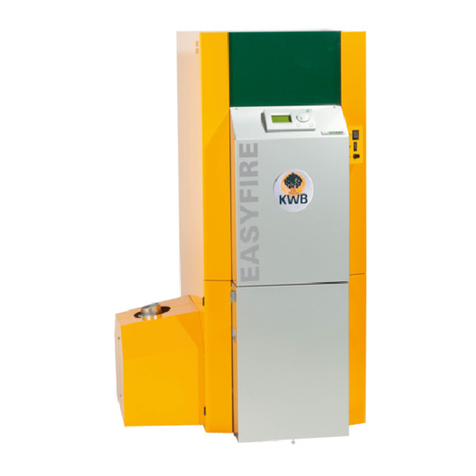Page 10 BA Multifire 08/2008 © KWB – Kraft und Wärme aus Biomasse GmbH
Introduction
System dimensions for bringing the system into the boiler room in cm, width × height
(Door clearances must be at least 6 cm larger)
System type Dismantled Non-dismantled
USV 15/25 V 65 ×104 105 ×157
USV 30/40 V 72 ×129 105 ×183
USV 15/25 D/ZI 65 ×104 80 × 157
USV 30/40/50/60 D/ZI 72 ×129 88 × 183
USV 80/100 D/ZI 72 ×149 89 × 203
USV 40/50/60 GS 72 ×129 88 × 183
USV 80/100 GS 72 ×149 89 × 207
1.3.2 General requirements imposed on fuel storage rooms
The constructional on-site requirements for the boiler room
also apply to the fuel storage room. If it is possible to store
fuel volumes of 50 m³ and even more, a manually triggered,
portable fire extinguishing device must be connected to
a pressurized water line (from the boiler room), executed
as empty piping at least 3/4” or DN 20, must be installed
directly above the passage of the fuel extractor trough that
discharges in the fuel storage room. The armature must be
marked with the warning: “Fire extinguisher – fuel storage
room”. The stirrer is installed in the middle of the storage
room and is fastened to the concrete floor with anchor
screws. A rear-ventilated dead floor must be installed in
the same plane with the upper edge of the fuel extractor
trough. If a pumping car is used to fill the fuel storage room
with wood chips or pellets, it is necessary to install hose
couplings and pipelines (that must be earthed). These
are available from KWB. If this filling method is chosen,
dustproof sealing of the fuel storage room is required. The
escaping air is removed through a second earthed pipeline
and hose coupling, or it is blown off into the open air after
having passed through a filtering section. Suction removal
or filtration of the transport air is the responsibility of the
fuel supplier. The walls, windows and doors must withstand
the overpressure created during the filling process. Avoid
electrical installations in the fuel storage room; if this is
not possible, the electrical installations must be explosion
proof. For storage rooms in the utility outbuildings often
it is possible to dispense with F90 sheathing of the
fuel storage room. The fuel must be stored so that it is
separated (by wooden planking) from other goods, the
fire section or compartment must be less than 500 m².
Additional statutory safety and acceptance conditions
apply to storage rooms and silos that are continuously
suction-fed with shavings or grinding dust. Above-ground
fuel stores must be accessible to the outside by means
of a door with at least 1.80 m cross-section, and must be
planked to prevent the fuel from pouring out should the door
be opened by mistake. The planking should be removable
from the outside. A inspection opening (F90 lock-up) must
be installed above the fuel extractor trough. Comply with
the installation examples.
To avoid ignition sources, do not install lights, switches, outlets, or junction boxes in the fuel storage
room. If electrical installations are necessary they must be established in explosion-protected
design in accordance with the local applicable regulations.
For the size of the storage room, the following rules of thumb apply for average conditions (weather conditions,
detached house):
Fuel Wood chips 25 % water content,
30 mm, soft wood
Pellets 10 % water content
6 mm diameter
Storage space for 1 year = 3.7 m³ × Heat load = 0.7 m³ × Heat load in kW
Consumption for 1 year = 2 – 2.5 m³ × Heat load = 400 kg × Heat load in kW
Table 2: Rules of thumb for storage room size and fuel requirements




















